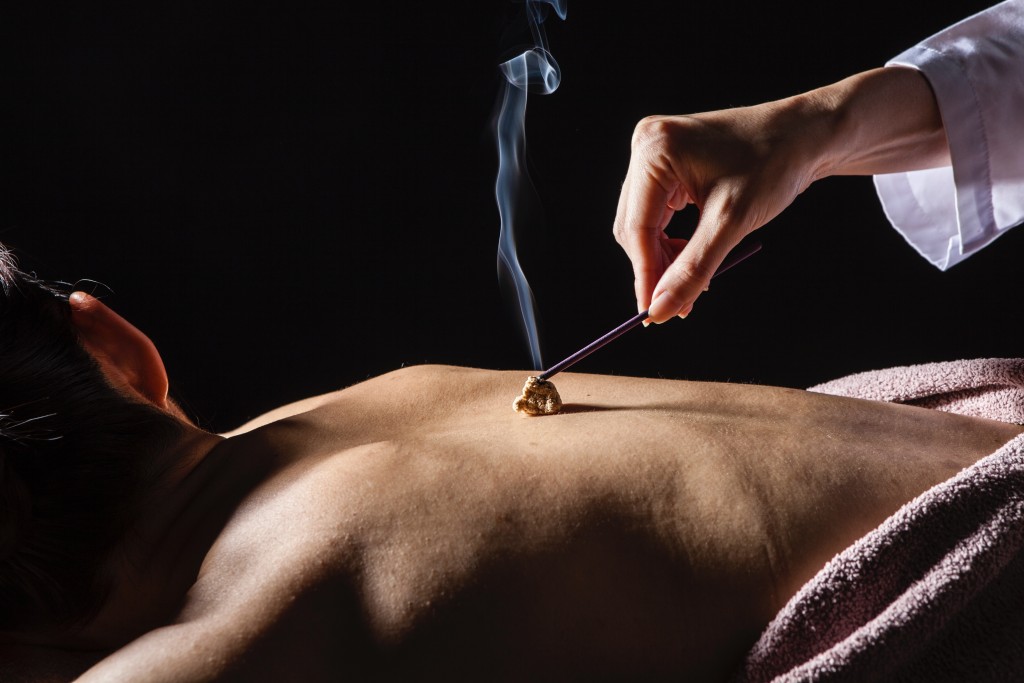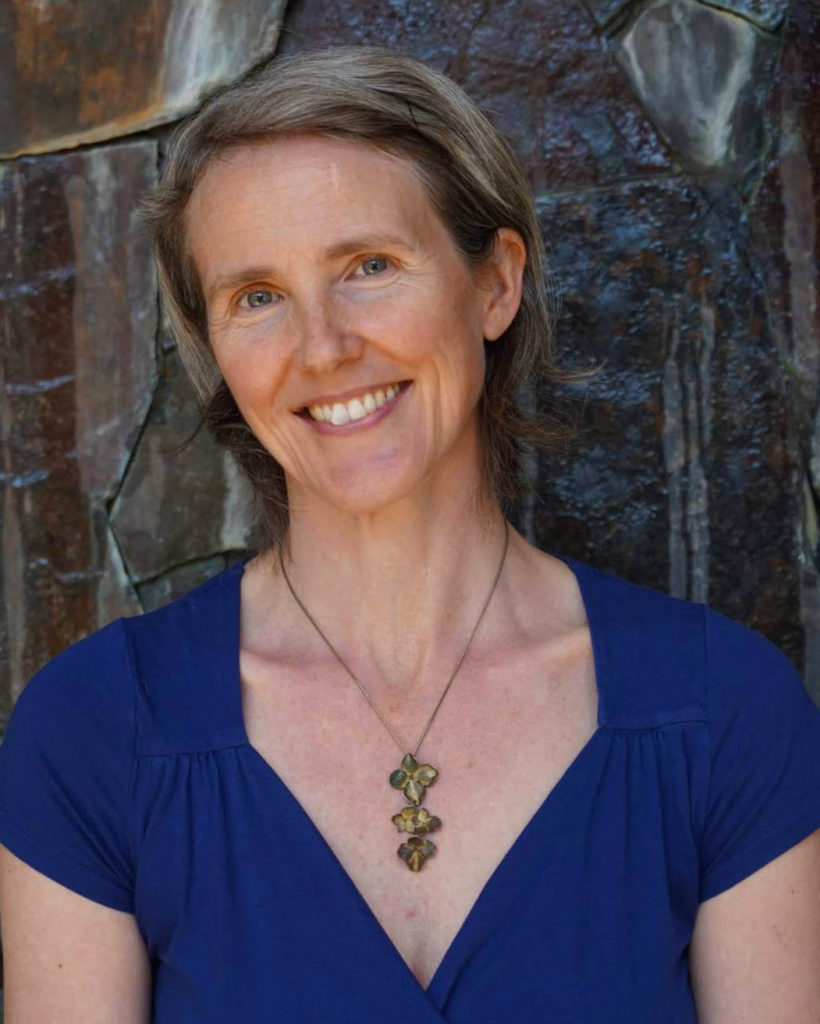 Despite the burgeoning popularity of traditional East-Asian medicine in the West, the powerful treatment modality known as moxibustion is still largely unknown. Moxibustion involves the burning of the medicinal herb Artemisia (mugwort) on or over the skin at very specific locations on the body to produce a therapeutic effect. The original Chinese term for the therapy that we now refer to simply as acupuncture, zhenjiu, actually contains the character for acupuncture (zhen) and moxibustion (jiu). This therapy has been practiced in conjunction with acupuncture for millennia, with reference in the classical Chinese medical text the Ling Shu, “where needle does not work, moxibustion does.”
Despite the burgeoning popularity of traditional East-Asian medicine in the West, the powerful treatment modality known as moxibustion is still largely unknown. Moxibustion involves the burning of the medicinal herb Artemisia (mugwort) on or over the skin at very specific locations on the body to produce a therapeutic effect. The original Chinese term for the therapy that we now refer to simply as acupuncture, zhenjiu, actually contains the character for acupuncture (zhen) and moxibustion (jiu). This therapy has been practiced in conjunction with acupuncture for millennia, with reference in the classical Chinese medical text the Ling Shu, “where needle does not work, moxibustion does.”
Kalle Skurla, Licensed Acupuncturist calls upon moxibustion frequently in her acupuncture practice, and has seen firsthand the profound effects of this ancient modality for modern patients. Read on to learn more about this lesser known, yet amazingly effective modality of Chinese medicine.
- What is it?
- What does it treat?
- How does it work?
What is Moxa?
The English term moxa is adapted from the Japanese word mogusa, meaning “burning herbs”. Moxa comes in a variety of forms, and the therapeutic methods with which it is applied are similarly diverse. All forms of moxa are derived from the Artemisia plant, a common herb in the East and West with both internal and topical medicinal properties.
One major differentiation in types of moxibustion is direct versus indirect. Indirect moxibustion involves the burning of the herb directly upon the skin, typically with salve as a protective barrier. Other barriers are sometimes used, such as salt, ginger or aconite, a primary herb in certain schools of Chinese herbalism. The dried spongy “wool” from the underside of the mugwort leaf is used in a minimally-processed state for direct moxibustion. The practitioner forms the wool by hand into pieces varying in size, from as a small as a piece of thread, to a sesame seed, to a rice grain, up to a thumb-sized cone or larger, depending on the desired therapeutic effect. The moxa is lit with an incense stick and removed before the ember reaches the skin. Several pieces are burned in succession until the desired warming effect on the point beneath has been obtained.
Indirect moxibustion most typically uses moxa that has been formed into a stick, similar in appearance to a cigar. The moxa stick is hovered about an inch above the skin, again until the desired warming effect has been obtained at the point. This form of moxibustion requires less technical skill to safely administer, and so can even be self-administered by patients at home between treatments with proper instruction from the practitioner.
Chinese Medical Perspective and Applications
 Moxibustion is therapeutically applied according to the principles of Chinese medical theory. The practitioner carefully selects points on the body according to this sophisticated system, as well as to the unique condition of the patient. The goal of the practitioner is to warm the acupoint, and the corresponding meridian and organ system, for both local and systemic effects. The moxa adds energy (or qi) to the body in the form of heat, as well as promotes the circulation of this energy. In comparison, acupuncture works more specifically with qi circulation, moving rather than adding. The conditions treated with moxa are often those that, in Chinese medical terms, involve a deficiency or stagnation of qi and blood, or cold in the body, often manifesting in symptoms, such as:
Moxibustion is therapeutically applied according to the principles of Chinese medical theory. The practitioner carefully selects points on the body according to this sophisticated system, as well as to the unique condition of the patient. The goal of the practitioner is to warm the acupoint, and the corresponding meridian and organ system, for both local and systemic effects. The moxa adds energy (or qi) to the body in the form of heat, as well as promotes the circulation of this energy. In comparison, acupuncture works more specifically with qi circulation, moving rather than adding. The conditions treated with moxa are often those that, in Chinese medical terms, involve a deficiency or stagnation of qi and blood, or cold in the body, often manifesting in symptoms, such as:
- pain
- fatigue
- digestive or respiratory weakness
- compromised immunity,
- chronic chilliness or symptoms worsened by cold
Our Portland acupuncturist, Kalle, finds that moxibustion is often particularly helpful for people suffering from disorders such as chronic fatigue, fibromyalgia, arthritis, asthma, menstrual disorders, post-operative pain, frequent colds, migraines and more.
Modern Perspective
Modern research has shown various effects of moxibustion on the human body, though it is still a relatively recent subject for scientific investigation. Studies have demonstrated effects across nearly all major physiological systems, most notably for its analgesic, immune-enhancing and anti-aging properties. Theories on how it imparts its healing effects involve the heat and infrared radiation emitted during combustion, as well as the pharmacological actions of the medicinal herb Artemisia and its combustion products. Learn more from this article for a summary of recent research on the mechanism of moxibustion.


